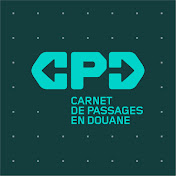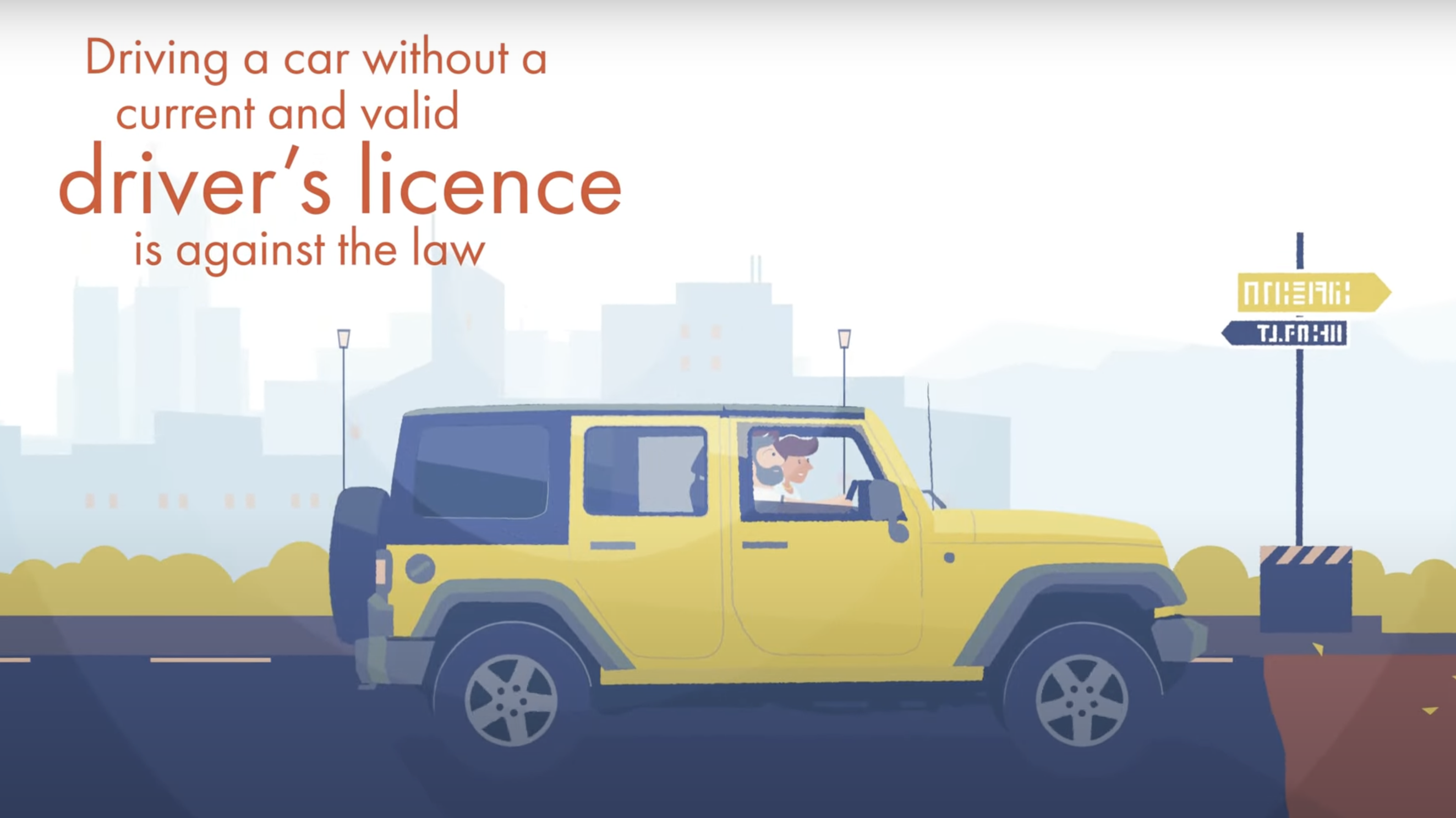United Kingdom
PART 1 - DRIVING WITH A DISABILITY
Regulations for people with disabilities to obtain driving licences
The Road Traffic Act 1988 – Section 92 The Motor Vehicles (Driving Licences) Regulations 1999 regulation – Regulation 71 -73 EU DIRECTIVE 2006/126/EC Annex III Guidance – Assessing fitness to drive: a guide for medical professionals.
The Motor Vehicles (DrivingLicences) Regulations 1999 – Regulations 70 -75.
https://www.gov.uk/guidance/assessing-fitness-to-drive-a-guide-for-medical-professionals
Vehicle type and adaptation to controls
Restrictions may be based on self-declaration or on occupational health advice following a driving assessment. Adaptations or controls may be annotated on a drivinglicence as these are necessary to allow someone to safely control a vehicle.
Application to foreign driving licence holders
The adaptations required to drive safely will be printed on the drivers licence. Restrictions may be based on self declaration or on occupational health advice following a driving assessment. Adaptations or controls may be annotated on a driving licence as these are necessary to allow someone to safely control a vehicle. Examples are, automatic transmission and hand controls.
Further information on adaptations to vehicles can be found at: https://www.gov.uk/driving-licence-codes
Responsible Agencies
Name(s) of sections/organisations: Driver andVehicle Licensing Agency (DVLA)
Email(s):DriversPolicy@dvla.gov.uk
Website(s): GOV.UK
TheDepartment for Transport supports the work of DrivingMobility (the Mobility Centres), a registered charity thatsupports people with disabilities to drive.
PART 2 - PARKING CARDS
Eligibility for disability parking cards
Anyone may be entitled to a UK Disabled Parking Card (Blue Badge), providing they meetthe eligibility criteria. This could include:
Wheelchair users
Walking difficulty
Vision impairment
Mental health issues
Learning disability
Non-visible disabilities
Reserved parking space availability
Free parking at on street parking meters pay-and-display machines and disabled parking bays bearing theblue wheelchair symbol.
Parking on yellow lines for up to three hours.
In England and Wales: a parking clock must bedisplayed where there is a time restriction in place.
In NorthernIreland: on a double yellow line for up to 3 hours
Parking concessions for people with disabilities
Free parking on street.
For England , this does not fully apply in the Cities of London and Westminster, the Royal Borough of Kensington and Chelsea and part of the London Borough of Camden.
Although badge holders are not allowed to park on yellow lines during controlled hours in these central London areas, each of the four authorities does have parking bays reserved for use by badge holders. Information on where these bays are located can be found by contacting the relevant authority.
For Northern Ireland: on a double yellow line for up to 3 hours
Application to foreign driving licence holders
For England: No reciprocal recognition
For Northern Ireland: reciprocal recognition with Republic of Ireland
Disability parking spaces
2.7m x 6.6m parallel to kerb
3.6m x 4.2m at angle to kerb
Responsible Agencies
For government information on car parking, please visit the following website: https://www.gov.uk/government/publications/inclusive-mobility/inclusive…
For government information on the blue badge scheme and rights and responsibilities, please visit: https://www.gov.uk/government/publications/the-blue-badge-scheme-rights…
PART 3 - HIRING A CAR IF YOU HAVE A DISABILITY
Where to hire a vehicle
At major airports and in city centres`


